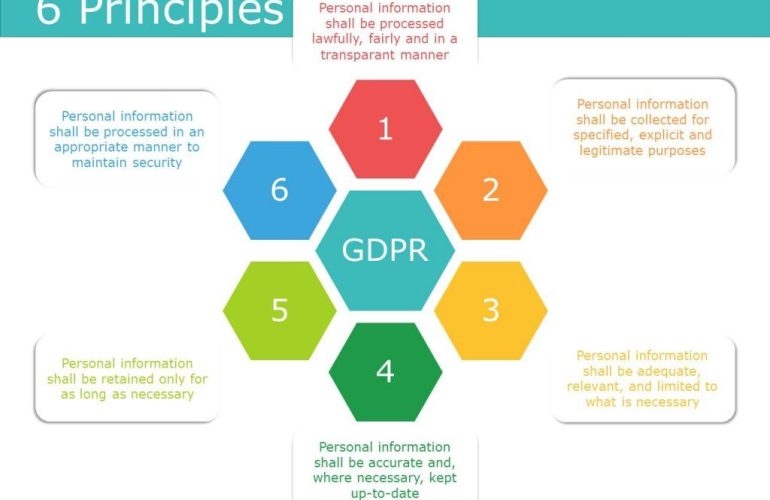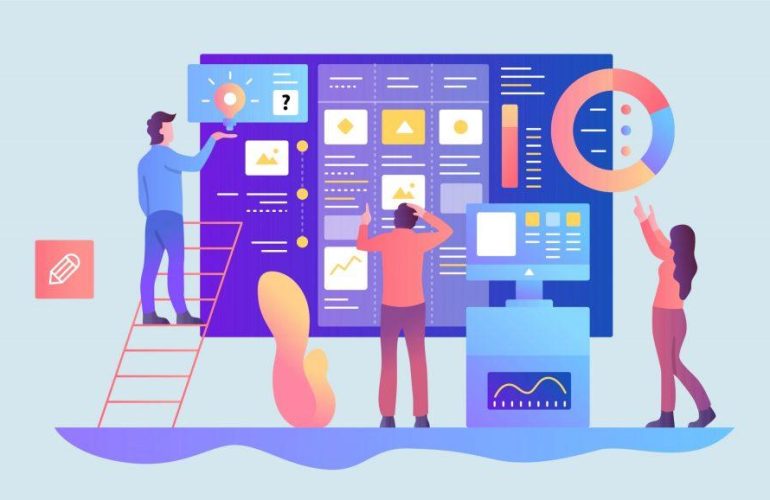In today’s fast-paced digital landscape, the demand for software solutions that are not only functional but also innovative is more pressing than ever. Organizations are increasingly recognizing that the traditional approaches to software development can no longer keep pace with the rapid changes in technology and customer expectations. Enter Agile methodology—a transformative approach that emphasizes flexibility, collaboration, and customer-centricity. This article delves into the principles of Agile development, highlighting how its iterative nature and focus on continuous improvement can significantly enhance efficiency within software development teams. By adopting Agile practices, organizations can streamline workflows, reduce time-to-market, and ultimately deliver higher quality products that align more closely with user needs. Join us as we explore the strategic advantages of incorporating Agile methodologies into your development processes and uncover actionable insights for fostering a culture of adaptability and excellence in software engineering.
Table of Contents
- Understanding Agile Methodology Fundamentals for Software Development
- Implementing Agile Practices to Streamline Project Management
- Leveraging Continuous Feedback Loops for Improved Product Quality
- Fostering a Collaborative Team Culture to Maximize Development Efficiency
- In Conclusion
Understanding Agile Methodology Fundamentals for Software Development
- Iterative Development: Delivering work in small, incremental cycles known as iterations or sprints.
- Continuous Feedback: Engaging stakeholders throughout the development process to ensure the end product meets their needs.
- Cross-Functional Teams: Empowering diverse skill sets within teams to enhance collaboration and expedite problem-solving.
One essential aspect of Agile is the use of specific frameworks like Scrum or Kanban, each tailored for particular project needs. Scrum, for instance, involves regular stand-up meetings and sprint reviews, while Kanban focuses on visualizing workflow through a board system. Both methods aim to optimize efficiency and quality. The understanding and implementation of Agile principles can significantly impact a team’s ability to deliver high-quality software products, as summarized in the table below:
| Agile Principle | Impact on Development |
|---|---|
| Customer Collaboration | Ensures alignment with user needs, reducing the risk of project failure. |
| Embracing Change | Allows teams to pivot and adjust goals as market demands evolve. |
| Frequent Delivery | Enhances customer satisfaction by providing usable features early and often. |
Implementing Agile Practices to Streamline Project Management
Adopting Agile practices is an effective strategy to streamline project management, particularly in software development environments characterized by rapid change and complexity. By implementing sprints, teams focus on delivering increments of value, allowing for continuous feedback and adaptation. This iterative process encourages collaboration among team members, stakeholders, and customers, fostering an environment of transparency and shared responsibility. Meeting regularly through stand-up meetings and reviews ensures that everyone is aligned with project goals, and any arising issues can be quickly addressed.
To further enhance workflow efficiency, teams can utilize various Agile frameworks such as Scrum, Kanban, or Extreme Programming (XP). These frameworks provide structured yet flexible methodologies for prioritizing tasks, managing workflow, and improving delivery timelines. Key components include:
- Backlog Refinement: Continuous assessment and prioritization of tasks.
- Burndown Charts: Visual representation of project progress against goals.
- Retrospectives: Reflection on completed work to identify improvements.
| Agile Framework | Key Feature | Best For |
|---|---|---|
| Scrum | Defined roles and time-boxed events | Complex projects with specific goals |
| Kanban | Visual workflow management | Continuous delivery scenarios |
| Extreme Programming (XP) | Frequent releases with customer feedback | High-quality software needs |
Leveraging Continuous Feedback Loops for Improved Product Quality
In today’s fast-paced software development landscape, the incorporation of continuous feedback loops has become essential for enhancing product quality. By integrating feedback mechanisms at every stage of the development process, teams can identify potential issues early on and adjust their strategies accordingly. Continuous feedback can stem from various sources including client reviews, user testing, and automated systems that monitor performance. This structured approach fosters a culture of collaboration and transparency, leading to products that not only meet but exceed user expectations.
Implementing feedback loops allows development teams to engage in a cycle of iteration and refinement. By regularly assessing product performance and user satisfaction, teams can swiftly pivot their priorities, focusing on critical areas that require improvement. This method ensures that every release is aligned with customer needs, ultimately resulting in better product outcomes. Consider using a structured format for feedback collection, such as:
| Feedback Source | Method of Collection | Frequency |
|---|---|---|
| User Surveys | Online Forms | Monthly |
| Client Reviews | Meetings | Bi-Weekly |
| Performance Monitoring | Automated Reports | Weekly |
Fostering a Collaborative Team Culture to Maximize Development Efficiency
- Daily Stand-ups: Short, focused meetings allow team members to discuss progress and roadblocks, fostering transparency.
- Pair Programming: This technique not only enhances code quality but also enables peer learning and skill development.
- Regular Retrospectives: Reflecting on past sprints helps teams identify areas for improvement and adapt processes accordingly.
In addition to these practices, integrating tools that promote collaboration can significantly boost the effectiveness of a team. Tools like version control systems, project management software, and instant messaging platforms can streamline communication and ensure that everyone is on the same page. The following table outlines effective collaboration tools and their primary benefits:
| Tool | Primary Benefit |
|---|---|
| Slack | Real-time messaging and file sharing |
| GitHub | Version control and collaborative coding |
| Trello | Organizing tasks and project timelines visually |
In Conclusion
adopting Agile methodology can significantly enhance software development efficiency by fostering a culture of collaboration, flexibility, and continuous improvement. As organizations navigate the complexities of today’s fast-paced digital landscape, the ability to adapt swiftly to changing requirements and customer needs becomes paramount. By embracing Agile practices, teams not only streamline their workflows but also empower themselves to deliver higher quality products in shorter timeframes.
As you consider implementing Agile within your organization, remember that success lies in commitment, transparency, and a willingness to learn and iterate. The journey towards Agile transformation may involve challenges, but the benefits of increased responsiveness and enhanced team morale are well worth the effort.
In a world where innovation is key, leveraging Agile methodology can be the catalyst that propels your software development initiatives to new heights, ultimately driving business success and customer satisfaction. As you embark on this transformative journey, keep in mind that the principles of Agile are not just methodologies but a mindset that can redefine how teams collaborate and achieve their goals.






